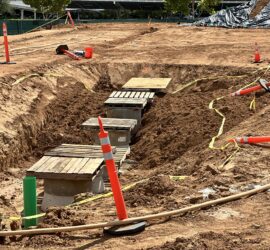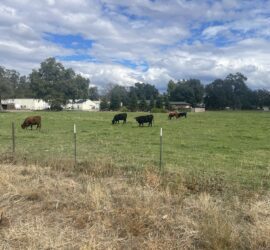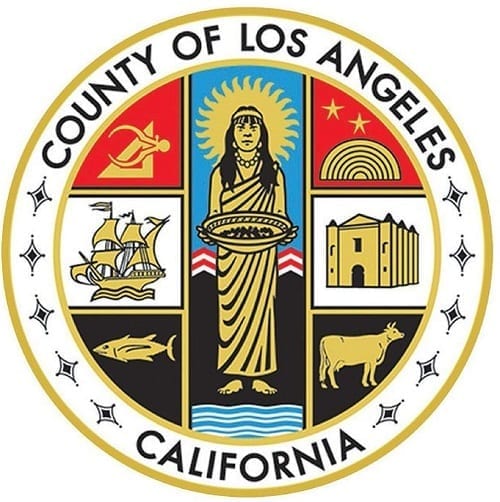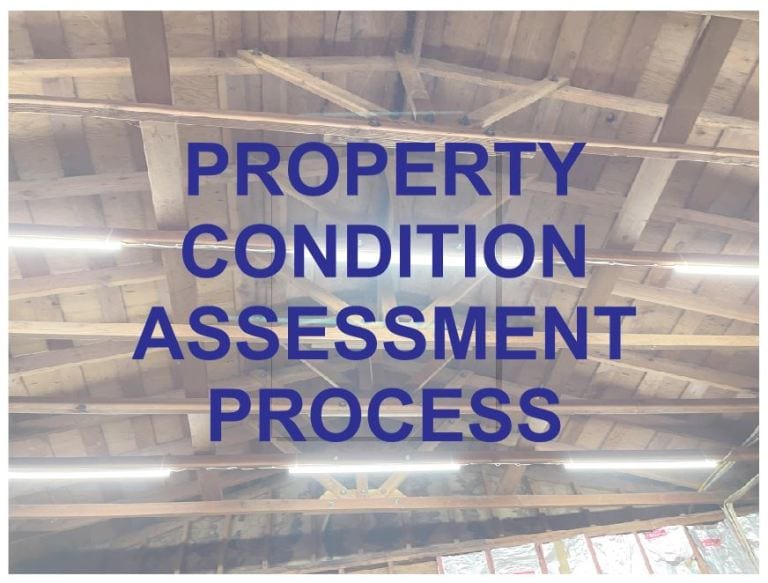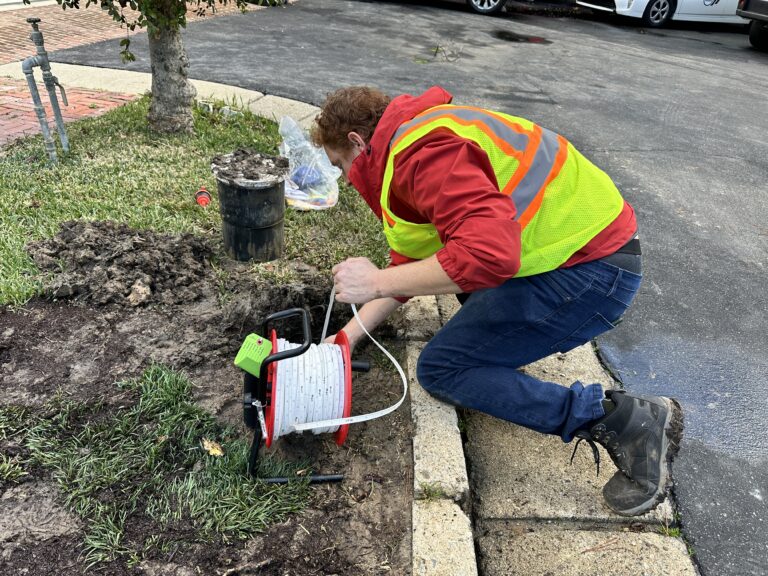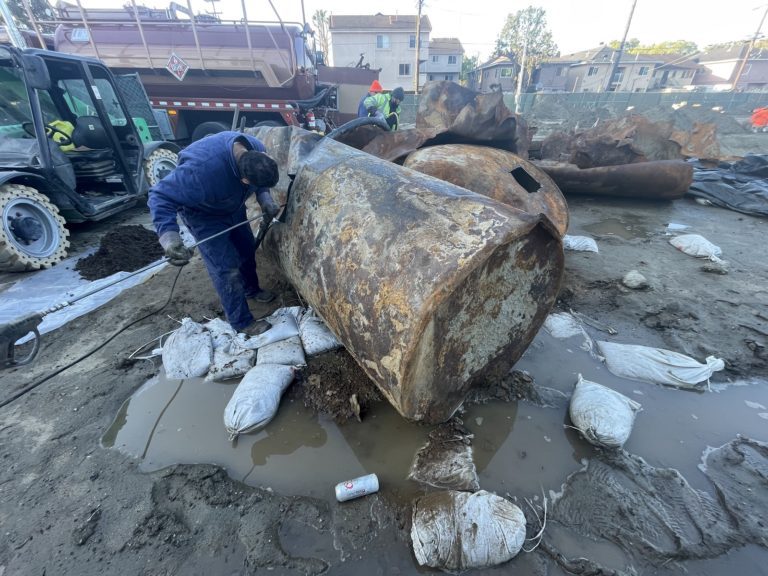What is a Brownfield Site (Brownfields)?
A Brownfield site is real property with plans for redevelopment, that has the potential presence of pollution and subsurface hazardous substance contamination. And the Brownfields Revitalization and Environmental Restoration Act of 2001 (also known as the Brownfields Act) encourages environmental remediation when and where necessary. The act is a proponent of redevelopment and revitalization, nationwide. In fact, according to the USEPA, there are approximately 450,000 Brownfields Sites in the country. Updated April 8, 2024.
CERCLA & Brownfields Sites
The Brownfields Act amends the Comprehensive Environmental Response, Compensation, and Liability Act (CERCLA) of 1980. At the very least, the redevelopment process starts with limited environmental due diligence and site assessment work, to identify the potential for soil contamination and groundwater pollution.
Brownfields Redevelopment & Environmental Due Diligence
Potential environmental concerns from Desktop Environmental Reports or Transaction Screen Assessments typically recommend proceeding with the Phase 1 Environmental Site Assessment process. And upon the findings of a Recognized Environmental Condition during a Phase 1 ESA, there will likely be a Phase 2 Subsurface Investigation, comprising the direct sampling and analysis of subsurface materials.
When There is No Contamination
If a Phase I Environmental Site Assessment concludes that there are no recognizable environmental concerns, the property can immediately proceed with redevelopment, without Brownfield procedures. Similarly, during soil testing, detections that are below Phase 2 Screening Level numbers are likely to also result in “No Further Action.” Thus, allowing developers to proceed without Brownfields assistance.
When Contamination Does Exist
On the other hand, if recognizable environmental concerns (REC) do occur during the Phase 1 ESA, and the Phase 2 ESA indicates that subsurface contamination does exist, there will be a recommendation for contamination remediation. Although, due diligence reports do not determine the extent of contamination, nor the complete legal and financial risk at hand. For such information, additional environmental site assessments may be required. And additional environmental site assessments do fall under the remedial action category.
Cleanup of Brownfields Sites
Remediating a Brownfield Site is sometimes called “Phase III Environmental Remediation,” or simply “remediation.” And the remediation process typically comprises synonymous site assessments and groundwater monitoring activities to track progress. In fact, the remedial action plan and progress-monitoring process is typically under regulatory oversight for quality assurance purposes. Modernly, standard environmental remediation efforts are soil vapor extraction, groundwater pump-and-treat, and in-situ chemical/microbial injection. However, in some cases, remediation by soil excavation (also known as contamination source removal) is most practical.
References:
U.S. Environmental Protection Agency – Brownfields Cleanup and Redevelopment
U.S. Environmental Protection Agency – Understanding Brownfields


